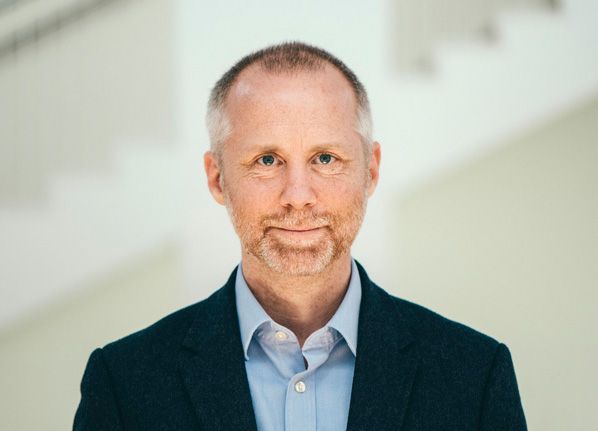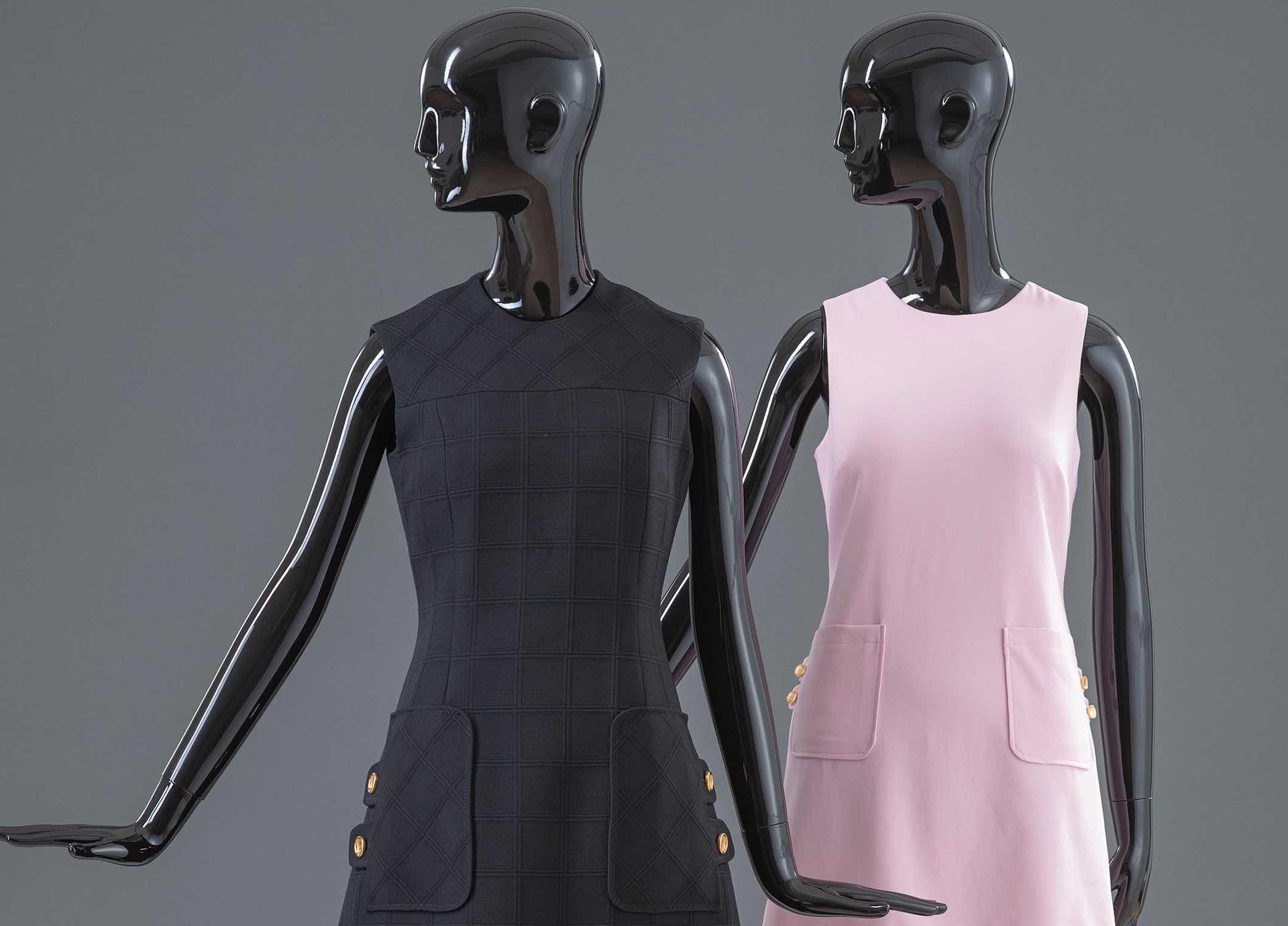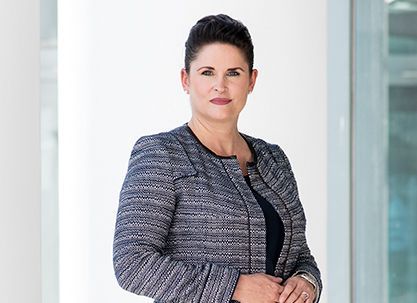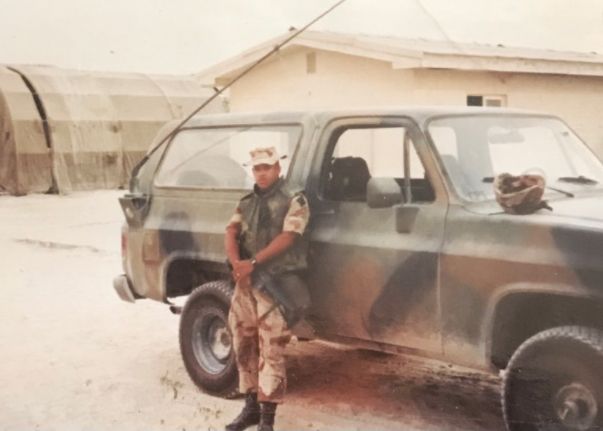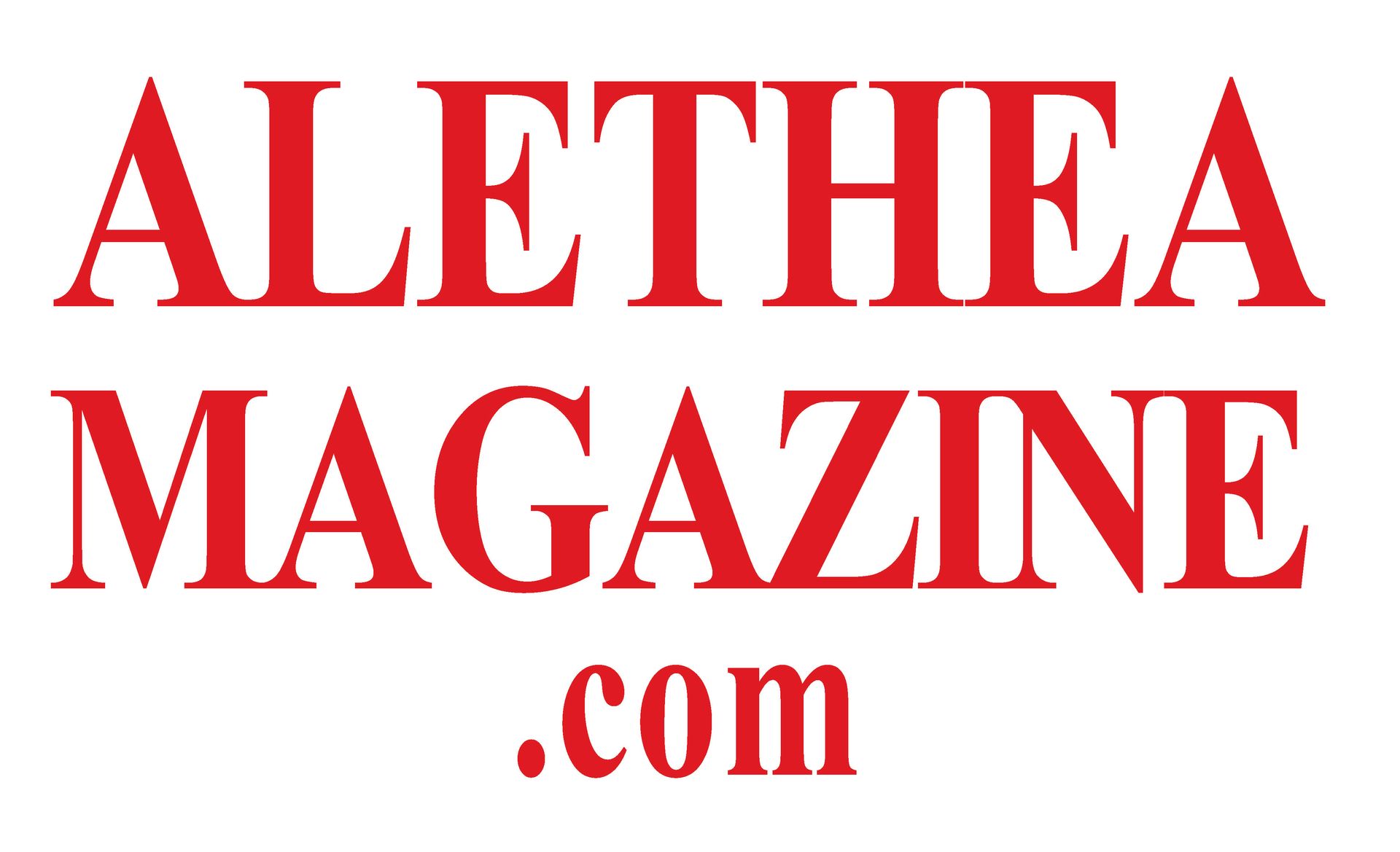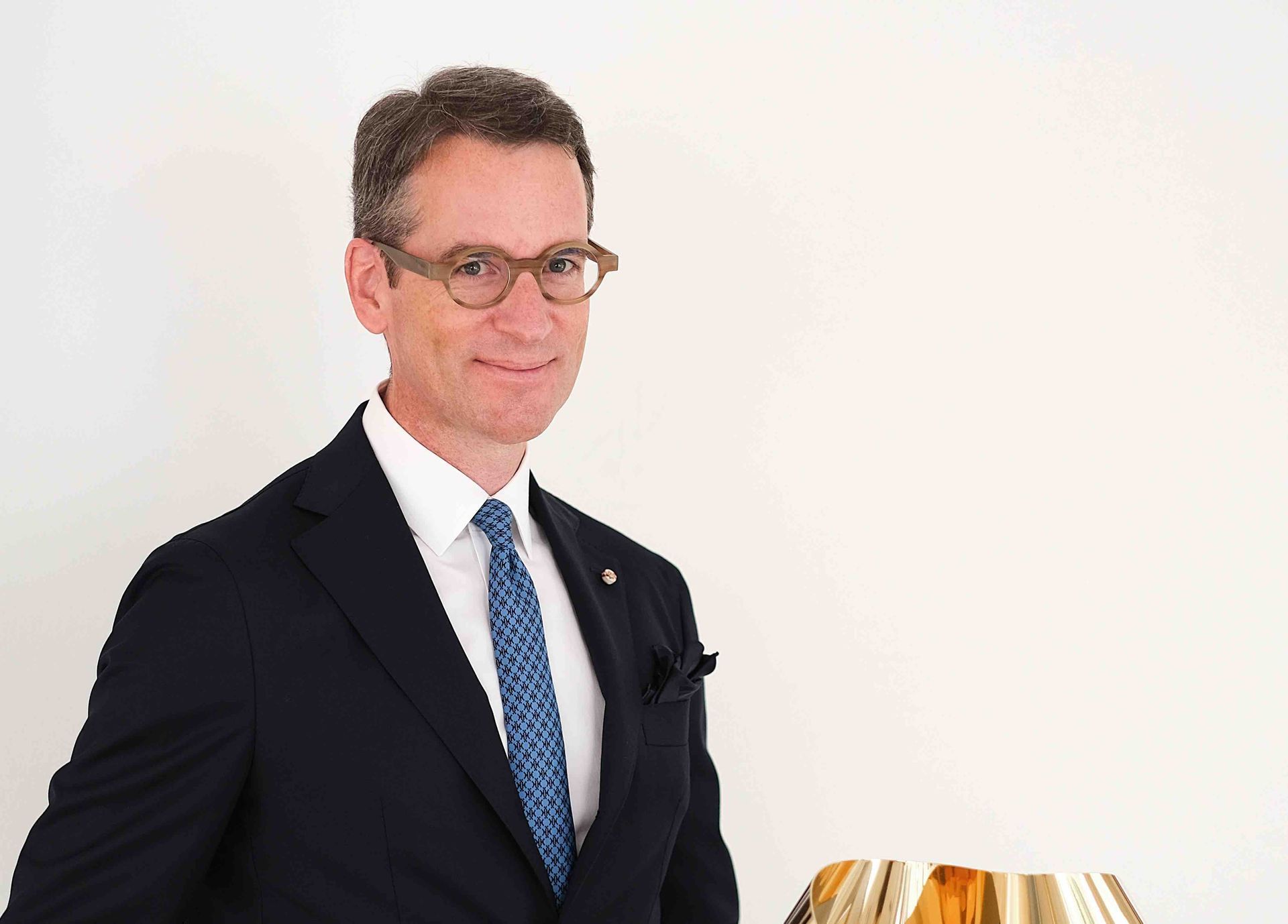
Prof. Dirk Boll - Digitale Kunst – NFT Kunst „Chancen und Risiken für die Kunstwelt“ © 2021 – Hatje Cantz Buch Foto
Prof. Dirk Boll: "Here we are witnessing a birth hour that will have significance for art history completely independent of later developments."
A panel discussion on this topic was held on 9 November 2021 by Anna Maria Luisa deMedici e.V. together with the Digital City at the NRW Forum Düsseldorf. Speakers were Prof. Dirk Boll - President Christie's EMEA, Dr. Felix Krämer, General Director Kunstpalast Düsseldorf, Meike Denker, Galerie Kunst & Denker, the artists Banz & Bowinkel and Hanspeter Sauter, Director of Privatbank Julius Bär. The event was chaired by Arnd Petmecky - President of Anna Maria Luisa de Medici e.V. At the same time, the event was broadcast via live stream.
Due to the corona pandemic, a technology push was set in motion that has permanently changed the art market. It has brought a younger and more technology-savvy collector base to the art markets and led to innovative formats. Collectors of crypto art or NFT art receive a Non-Fungible Token (NFT) for their money (in the form of cryptocurrency), a non-exchangeable token stored in a blockchain, a tamper-proof list of records.
NFT art is now being speculated with in a growing market that has now risen from $300 billion before the pandemic to $2.5 trillion. According to Prof. Dirk Boll, President Christie's EMEA, NFT are an interesting technology and a new artistic language to create, communicate and also trade art. Alethea Magazine was given the opportunity of an interview:
November 10, 2021
Interview Directory
ART
Name: Prof. Dirk Boll
Occupation: Deputy Chairman, 20th & 21st Century Art Christie's
Mission: Would like to see change in the art market.
"With NFT, marketing happens in parallel with canonisation - and will presumably influence it not insignificantly."
Christie`s was the first art auction house to offer NFT art. What are the criteria of a work of art for you and to what extent does NFT fulfil this?
Auction houses work on the secondary market, i.e. on the basis of the canonisation of art by museums and art critics. This is an interesting aspect of the current development: with NFT, marketing happens in parallel with canonisation - and will presumably influence it not insignificantly. Whether an NFT is a work of art or not is determined by the artistic content of the work, the artist's intention: Where is this language used for? Artistic expression, memorabilia or marketing?
"Here we are witnessing a birth hour that will have significance for art history completely independent of later developments."
In terms of sales, how would one convince a conservative art collector to buy an NFT artwork?
Collectors are interested in current developments, how artists look at the world and comment on it. Naturally, this generates an attention to the very latest technologies, provided they are used as building blocks of artistic work. Here we are witnessing a birth hour that will have significance for art history completely independent of later developments.
Has the introduction of NFT art at your auction house led to any particular emotions?
Of course - curiosity, excitement, scepticism, concern, enthusiasm, and then joy at the success.
In your book, "Art is for Sale: A Free View of the Art Market", you write that each decade finds its own way of valuing art. What is happening in the art market right now?
Today's collectors want to see their own life reality reflected in their art, hence the trend towards very young art, which is therefore traded on more and more quickly and offered at auctions at a correspondingly early stage.
In an interview it says that you were positively surprised that your customers, especially the older generations, have adapted so quickly to digitalisation and that you also like the introduction of Augmented Reality. Are there other digital innovations that fascinate you?
How well the computer understands art. Until now, the algorithm has had to refer purely to externals - colour, medium, size, biographical data of the artist, exhibition history, etc. It's interesting how quickly the learning process takes place. One day computers will be able to delineate the intellectual content of art very narrowly - in the distant future, perhaps even to understand it.
"Perhaps the enthusiasm for very young art is being followed by that for old art?"
Can you announce a new trend in the art market?
I think we have seen such disruptive innovations in the last 18 months that we are still adapting. In the history of the markets, the pendulum has regularly swung back - perhaps the enthusiasm for very young art is being followed by that for old art?
-------
ANNA MARIA LUISA DE MEDICI E.V.
Anna Maria Luisa de Medici e.V. was founded in 2009 - with the aim of creating a communication and exchange platform as well as a performance mirror with added value for business and art. The aim is to promote partnership and dialogue between art and business in Düsseldorf and the region.
By awarding the "Nadel der Medici" ("Medici Needle") business prize, the Medici e.V. association honours achievements, projects and strategies that use the promotion of the fine arts either for business purposes or to enhance the reputation of art institutions.
DIGITAL CITY DÜSSELDORF E.V.
The Digital City of Düsseldorf is the network of the information and communication industry for the economic region of Düsseldorf. The town has a diversity of companies in the media, IT and digital industries and a distinctive traditional economy. The aim of the Digital City of Düsseldorf is to network this combination and promote an exchange of information and experience.
In recent years, the association has brought together around 300 companies. The central themes of the Digital City Düsseldorf build on communication and networking and events on current technology and business trends.
Prof. Boll - Digitale Kunst – NFT Kunst „Chancen und Risiken für die Kunstwelt“
© 2021 – Hatje Cantz Buch Foto
TOP STORIES
CHECK THE THINGS YOU WANT TO THROW AWAY
HA Schult's Trash People at the Circular Valley Forum in Wuppertal on 18 November 2022.
NOVEMBER 19, 2022
_____________________
THE OPERA OF THE FUTURE
Düsseldorf, capital of North Rhine-Westphalia will receive the opera house of the future.
FEBRUARY 15, 2023
_____________________
LONDON
Opening: Lightroom, London's new artist home, shows: David Hockney
DECEMBER 2, 2022
_____________________
FLORENCE
The extraordinary museums of Florence in 2023.
JANUARY 1, 2023
____________________
DÜSSELDORF
DECEMBER 11, 2022
____________________
IN BEAUTIFUL A CORUNA
New exhibition of the Marta Ortega Pérez Foundation: "Steven Meisel 1993" .
DECEMBER 5, 2022
____________________
WORLDLEADER
How did ProWein manage to become No. 1 in contrast to other international trade fairs.
MARCH 15, 2023
____________________
INTERNATIONAL TOGETHERNESS
MARCH 8, 2023
____________________
TRAVEL
What major events in art, culture and society are we facing?
JANUARY 21, 2023
____________________
DISTANT WORLDSDieter Nuhr's paintings now in Senegal - "A Nomad in Eternal Transit"
DECEMBER 6, 2022
RELATED TALKS

